Willie Harcourt-Cooze is a cocoa farmer-cum-chocolate manufacturer.
He purchased a farm named Hacienda El Tesoro in Choroni, Venezuela, and began cultivating cocoa in 1996. His plantation today has around 20,000 cacao trees with 1,000 trees per hectare.
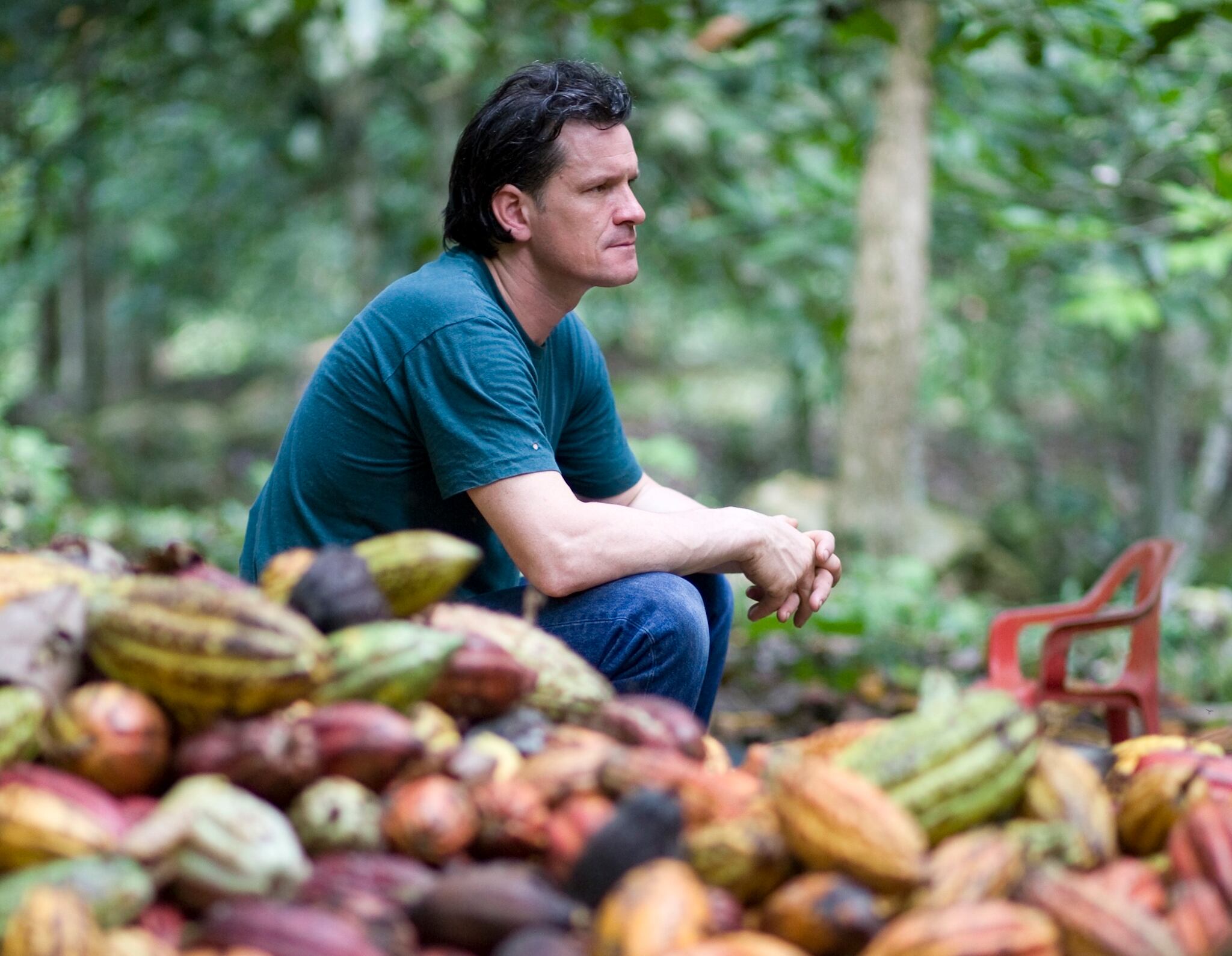
Harcourt-Cooze began chocolate business Willie’s Cacao by selling El Tesoro 100% cacao bars in the local village.
But the company started selling larger volumes after opening its own factory in Uffculme, Devon, in South West England, in 2007.
Ecuador and Dominican Republic victims of success
Speaking to ConfectioneryNews at trade fair ISM in Cologne, the entrepreneur, said: "As a small chocolate manufacturer I'm looking for beans that other people aren’t using."
"The Dominican Republic and Ecuador are producing great beans - but they are victims of their own success - they are in every single market.”
Willie's Cacao: Cocoa sources
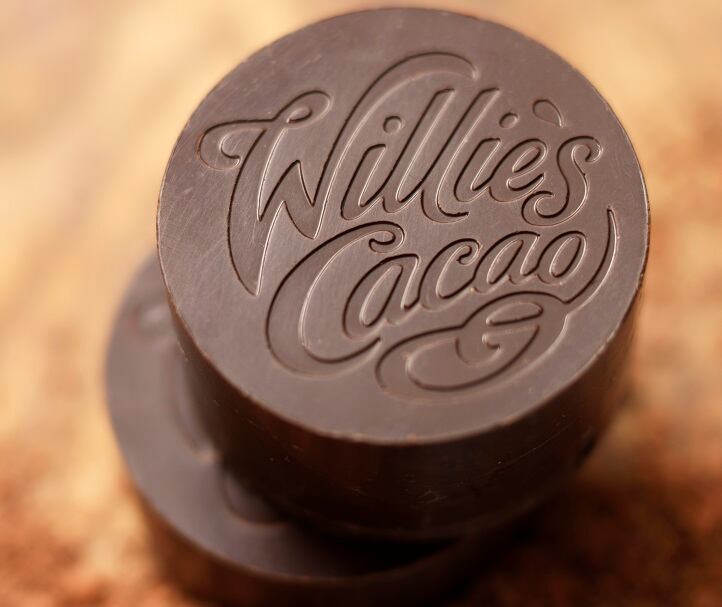
The company sources its cocoa from third-party estates in:
- Baracoa, Cuba (Criollo)
- Los Llanos, Colombia (Trinitario)
- San Agustin estate in Rio Caribe, Venezuela (Trinitario)
- Barlovento, Carenero Superior, Venezuela (Trinitario)
- Carabobo estate, Las Trincheras, Venezuela (Trinitario)
- Chulucanas in the Morropan province, Peru (Criollo)
- Sambirano, Madagascar, (Criollo-Trinitario)
- State-owned plantation in Surabaya on Java, Indonesia (Forastero-Trinitario)
The two countries are among the leading producers of fine flavor beans, which make up 5% of the global cocoa output.
Ecuador accounts for around two third of beans classed as fine flavor by the International Cocoa Organization (ICCO).
The ICCO recognizes 40% of the Dominican Republic’s cocoa exports as fine flavor. The country has plans to triple its annual cocoa yields by 2027 under a UNDP-backed program and hosted the 3rd World Cocoa conference last year.
Criollo and Trinitario
Willie’s Cacao sources its beans from its own plantation as well as other single-estates in Venezuela, Peru, Colombia, Madagascar and Indonesia.
The company uses only Criollo and Trinitario beans as opposed to common hybrid strains from the Forastero bean, which are typically intended for higher yields.
"We're not single origin - that's just a country. We are single-estate. So we're buying from specific farms. There may be cooperatives and small groups, but it's all fermented together,” said Harcourt-Cooze.
"The advantage of single-estate is that annually you'll get a similar flavor profile,” he said.
Colombia and Nicaragua
Asked where will be next big fine flavor origin for premium chocolate, he said: "Colombia is popular. Because it consumes most of its cocoa [domestically] it’s not something you've seen in chocolate bars.”
“…The government there really seems to have managed to produce beans that have a much better flavor profile.”
Harcourt-Cooze – who tours producing countries to select beans – said he had found a flavorsome bean on the border with Colombia and Venezuela in Arauca.
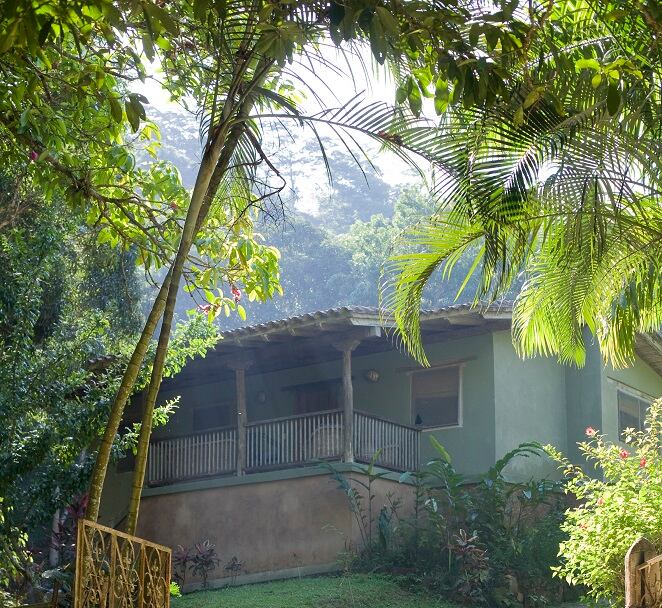
"That’s a cacao for peace really because I'm buying in the center of one of the ex-terrorist groups and we pay them $500 above the world cocoa price. And I wasn’t kidnapped - I was giving something back to the village - on a twenty foot container they were given an extra $6,000, which is big money.
"But there are other countries. Nicaragua has got nice beans - be it smaller,” he said.
Direct trade at a $500 per MT premium
Harcourt-Cooze said his experience as a cocoa farmer for 20 years has given him the knowledge to source directly from farmers.
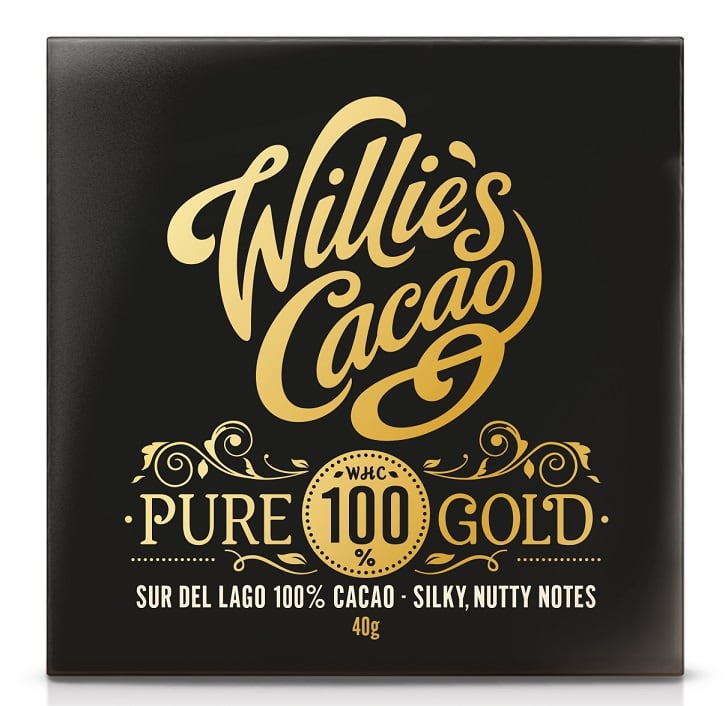
"The benefit is I skip the middleman, but it ensures I'm putting money into the hands of the farmers,” he said.
Wille's Cacao pays a minimum of $500 extra on top of world cocoa prices per metric ton (MT) of beans.
"I'm all for Fairtrade- but we've blown them out of the water by paying $500. But these are premium beans, whereas Fairtrade is probably about standard beans,” said Harcourt-Cooze.
Fairtrade International has a minimum price of $2,000 per metric ton (MT) ($2,300 per MT for organic cocoa beans) and the Fairtrade premium is consistently $200 per MT even if the New York Exchange price exceeds $2,000 per MT.
Ball roasting in small batches
According to Harcourt-Cooze the three elements that make top quality chocolate are the DNA of the cocoa, post-harvest processing and actions by the chocolatier.
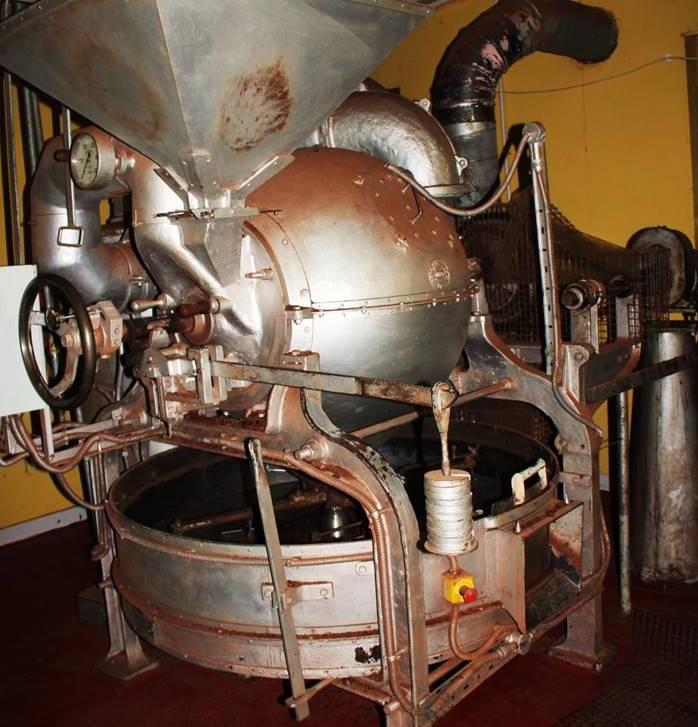
"The chocolatier probably has the most responsibility for screwing it up,” he said.
Willie’s Cacao lightly roast its beans in small batches in a vintage 60 kilo ball roasting machine. It claims the method gives a more even roast and less breakages than a drum roaster or continuous roaster. The beans are then conched for up to 11 days.
Shorter cocoa fermentation
The company does not control cocoa fermentation from third party farmers, but its direct-trade relationship has allowed it to tweak the methods used by farmers.
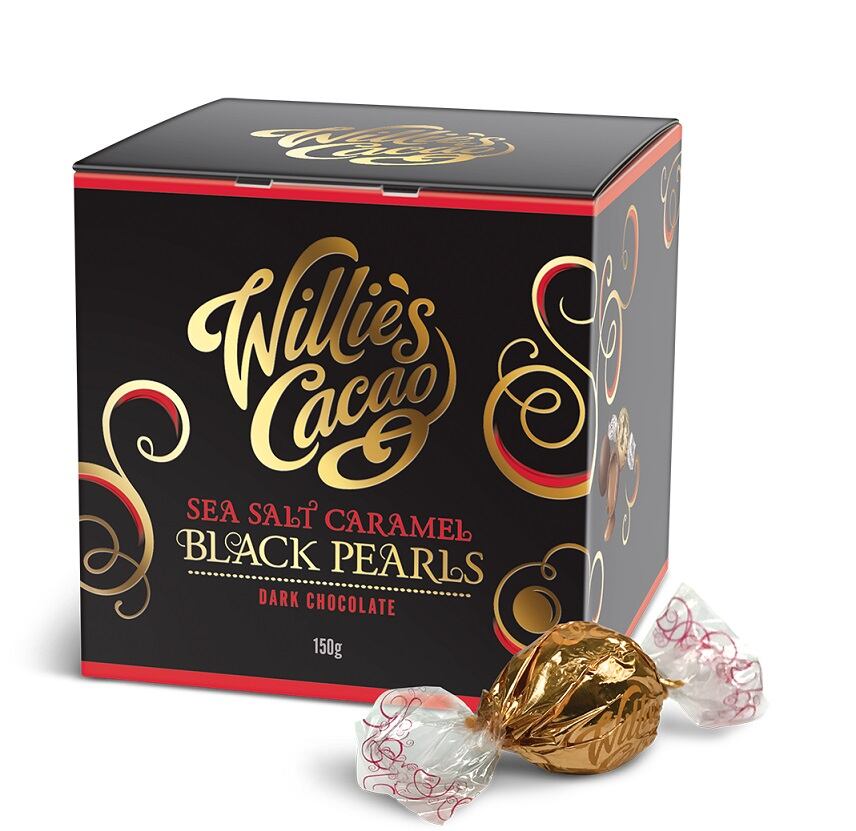
Harcourt-Cooze said he preferred a shorter fermentation period than the seven days typically deployed in West Africa.
" I believe there is a perfect fermentation,” he said. “Over fermenting it will just kill flavors. I was fermenting my beans for perhaps three days - that's a Criollo, Trinitario - not a very acidic bean."
Wille’s Cacao favors traditional cocoa varities and is wary of Mars' mapping of the cacao genome, which it fears could lead to genetically modified cocoa.
“This is undoubtedly the largest threat that the world of chocolate has ever faced, making the prioritizing of output over flavor even more extreme, not to mention unleashing the wider unknowns associated with genetic modification,” it says on its website.
Mars previously told us its breeding program uses only traditional methods and said it used no genetic manipulation of the cocoa genome.
Willie's Cacao is present in 30 countries and 50% of its sales come in export markets outside the UK. Its main international markets are Japan and China.
